Flat roofs are those with a slope angle of 8.5° or less. No flat roof is truly flat as there has to be a minimum fall to avert problems such as water pooling. An inverted roof is a type of roof construction where the waterproofing layer is placed below the insulation layer instead of above it, as in other forms of roofing.
When designing an inverted flat roof, the primary consideration is where thermal insulation is placed in relation to the roofing membrane (waterproofing layer). Choosing the right insulation ensures the final construction is durable, waterproof, long lasting and provides the necessary thermal performance. Extruded polystyrene (XPS) insulation features unique properties that make it ideal for inverted flat roofs.
Cold vs Warm Roof Construction
Depending on where insulation is placed, a typical roof construction can be described as cold or warm. In a cold roof construction, insulation lies below the structural deck and remains cold. This creates a risk of condensation which is commonly reduced by placing a ventilated space above the insulation. However, this approach is rarely used in temperate, humid climates such as those found in Australia.
In a warm roof construction, the insulation is installed above the structural deck and below the waterproofing layer. This succeeds at reducing the risk of condensation, but it means the waterproofing layer is thermally isolated from the rest of the roof construction. This exposes it to wide temperature fluctuations, potentially leading to premature failure. An inverted roof design overcomes the problems of both cold and warm roof constructions.
What is an Inverted Roof Design?
Inverted roofs, which can also be called upside down or protected membrane roofs, resolve the problems of cold and warm roof designs by installing insulation above the waterproofing layer, keeping it at an even temperature close to that of the building interior. This also protects the waterproofing from UV radiation, weathering and mechanical damage during construction, use and maintenance.
The waterproofing layer in an inverted roof design acts as a total vapour control layer and can be maintained above dew point temperature since it is on the warm side of the insulation, minimising the risk of condensation. For this design to work, you must use XPS foam insulation as it has the necessary characteristics to withstand the conditions above the waterproofing layer.
The Importance of XPS Foam in Inverted Roof Design
XPS foam insulation offers excellent thermal performance and features unique properties that differentiate it from other types of foam insulation such as EPS foam. For example:
- XPS foam is resistant to rain, snow, frost and water vapour, enabling the material to withstand repeated freeze/thaw cycles.
- XPS foam is resistant to acids, salts and fungus, as well as being clean, odourless and free from dust.
- When properly installed, XPS boards have a service life comparable with that of the building or structure.
- Due to its homogeneous closed-cell structure and uniform density, XPS foam can be cut very accurately and to very close tolerances.
- XPS foam is durable enough to withstand surface traffic and is resistant to UV and mechanical damage that may occur during installation and maintenance.
- The boards have a high strength-to-weight ratio, making them robust and highly durable while at the same time lightweight and easy to transport.
XPS foam is ideal when higher compressive strength, higher water resistance and higher thermal resistance in the presence of water are required. XPS foam insulation boards can be loose-laid on top of the membrane and then weighted down with paving slabs, gravel ballast or soil medium if creating a green roof.
Technonicol XPS Foam – Ideal for Inverted Roof Insulation
Technonicol’s Carbon XPS foam insulation range comes in a variety of sizes, thicknesses and compressive strengths to meet the demands of almost every application, including inverted flat roofs on large domestic, commercial and industrial buildings.
At Plastek, we have extensive experience consulting and supplying these XPS foam insulation products, helping to optimise projects by providing the ideal solutions. We can recommend the right Carbon XPS foam insulation product for your specific project, ensuring a functional and high-performance solution for your building.
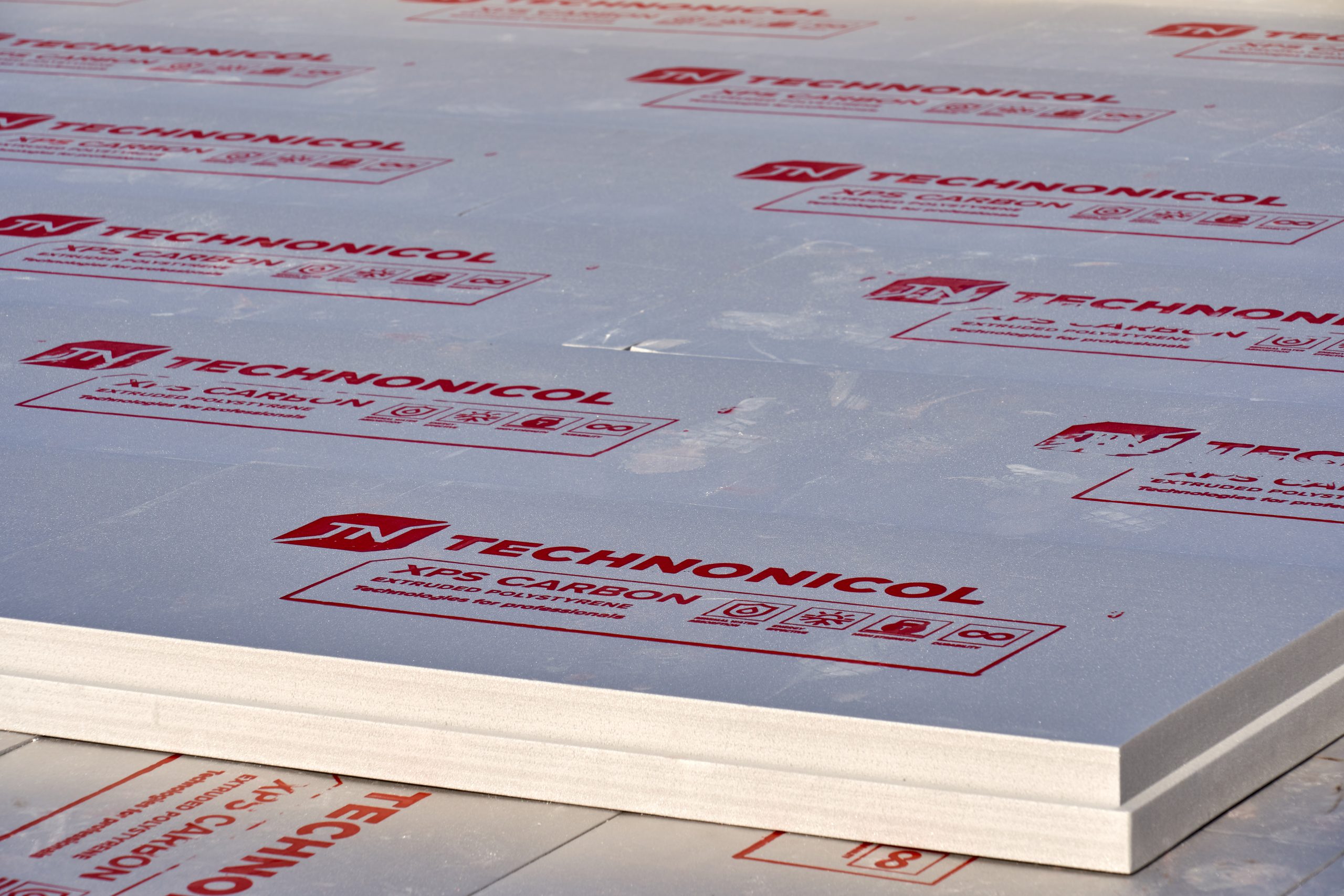
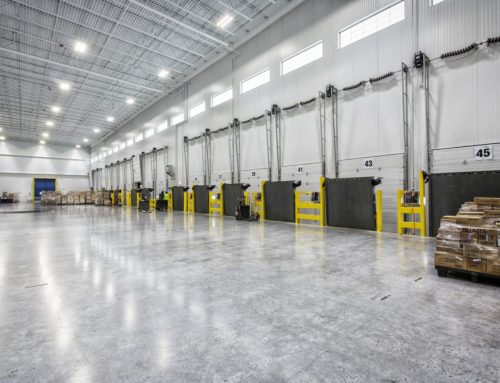
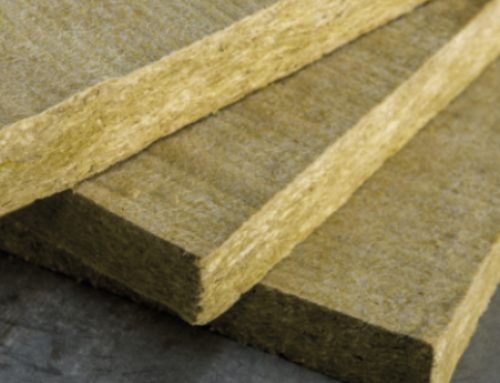
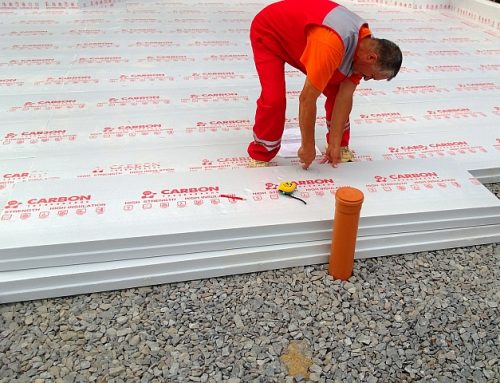
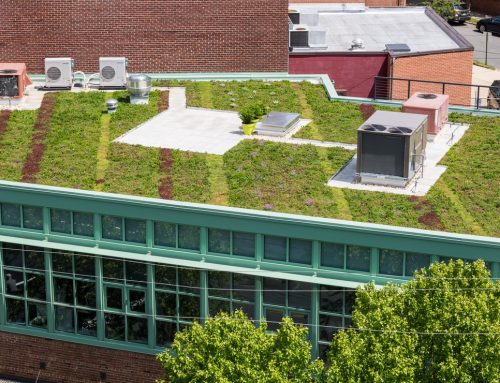
Leave A Comment